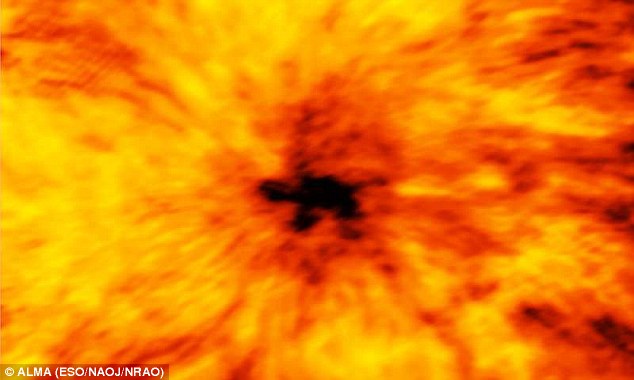Root Mean Square Granulation Contrast
A pioneering metric has been proposed by researchers from the Indian Institute of Astrophysics (IIA) to assess the quality of images of the Sun obtained through ground-based telescopes.
The Fascination with the Sun
The study of Sun holds prominence due to its proximity and the dynamic events that occur on its surface. Flares, prominences, and coronal mass ejections have made the Sun a focal point of astronomical research.
Limitations of Ground-Based Telescopes
Ground-based telescopes face a major disadvantage when observing the Sun—the light from the Sun passes through Earth’s atmosphere, leading to random fluctuations and distortions. This phenomenon necessitates the development of techniques to mitigate atmospheric disturbances.
Overcoming Atmospheric Distortions
Scientists from IIA propose the use of an adaptive optics (AO) system, which can measure and correct for atmospheric distortions in real time. By employing AO, telescopes can compensate for the bending of light caused by refractive index fluctuations, enhancing image quality.
Introducing the Root Mean Square (RMS) Granulation Contrast
The scientists from IIA put forth a novel metric called the root mean square (rms) granulation contrast to quantify the image quality of ground-based solar telescopes. This metric enables a comprehensive assessment of the quality of solar images.
Simulations and Evaluation
To evaluate image quality, scientists conducted simulations comparing ideal conditions (no atmospheric turbulence) with perturbed images affected by atmospheric distortion. They also examined images after AO correction. These comparisons facilitated a thorough understanding of image quality and performance.
Efficiency Factors
Through their simulations, scientists computed efficiency factors for two crucial metrics: the Strehl ratio and contrast. The Strehl ratio exhibited an efficiency range of 40-55%, while the contrast achieved a lower bound of 50%. These factors provide valuable insights into the performance of solar telescopes and associated AO systems.
Significance and Implications
The proposed metric and obtained results hold immense significance for the field of astronomy. It allows for a standardized assessment of solar telescopes, enabling researchers to quantitatively analyze the image quality of the Sun. Furthermore, these findings contribute to the development and improvement of AO systems, ensuring more precise observations and measurements.
Month: Current Affairs - May, 2023
Category: Science & Technology Current Affairs


